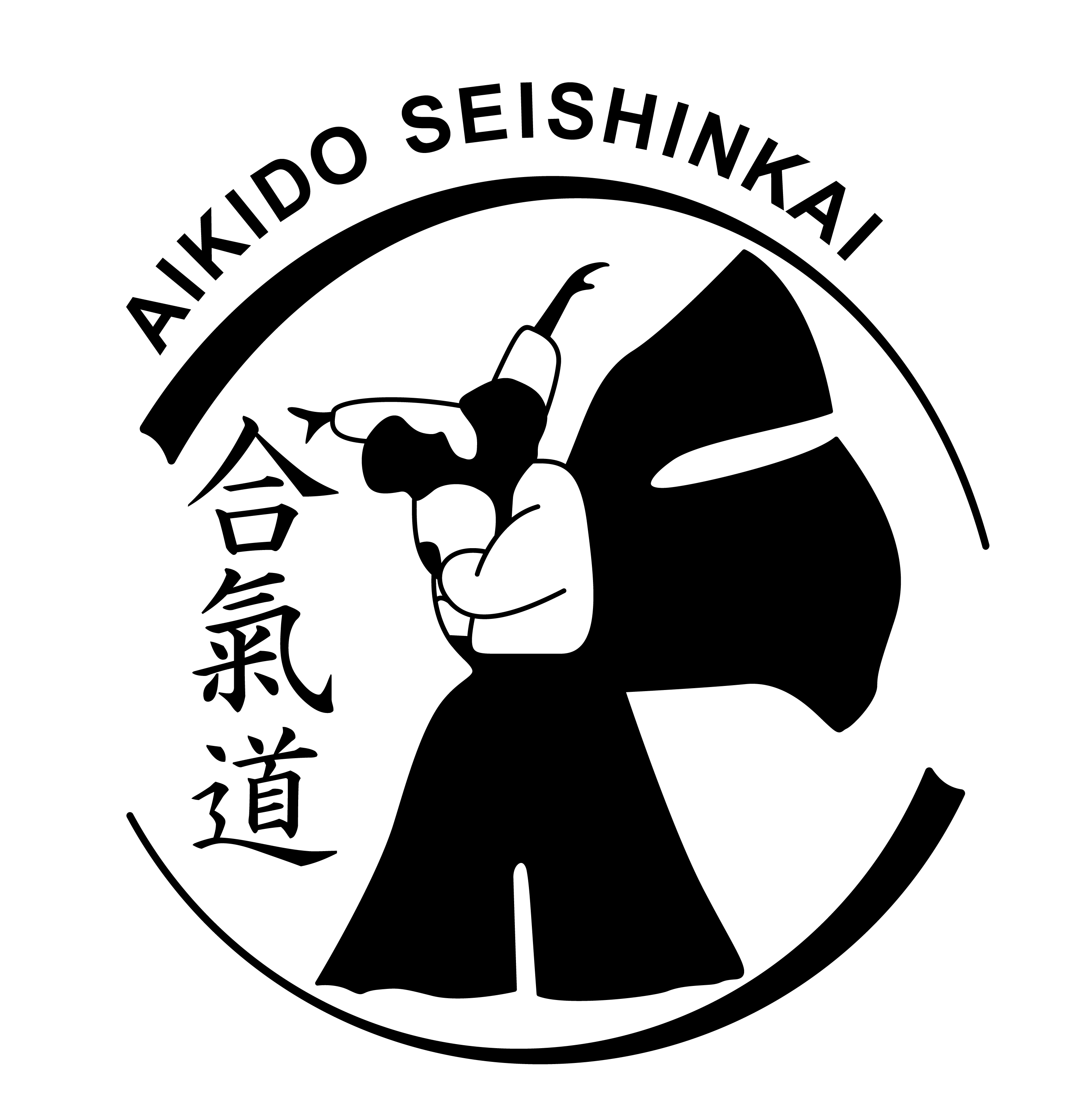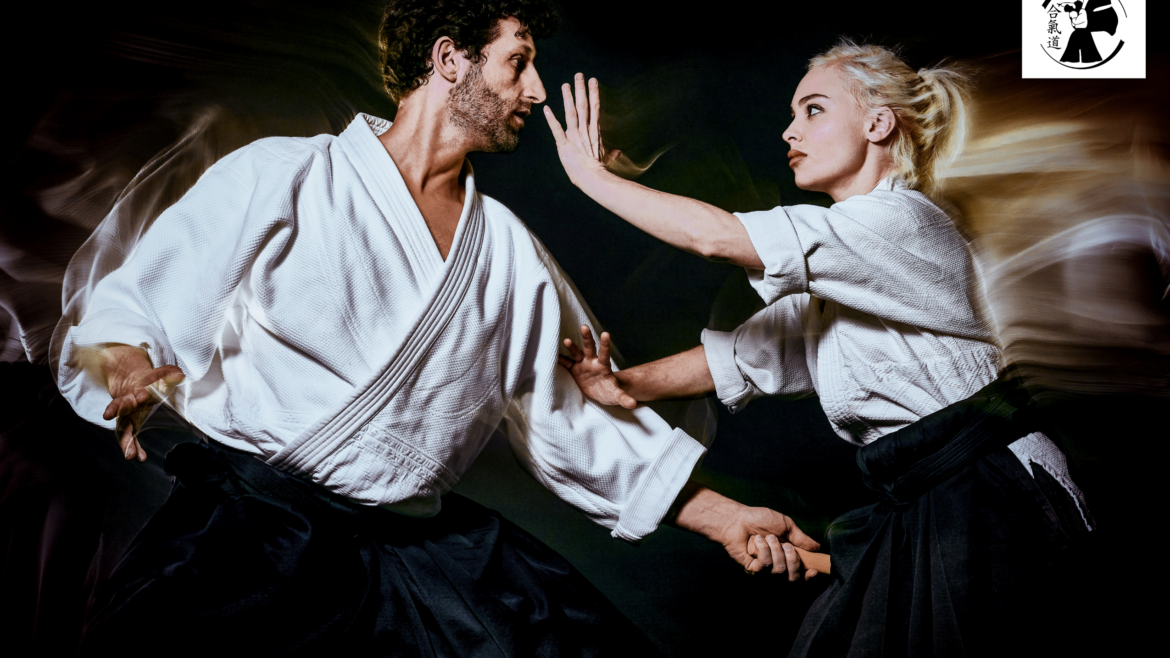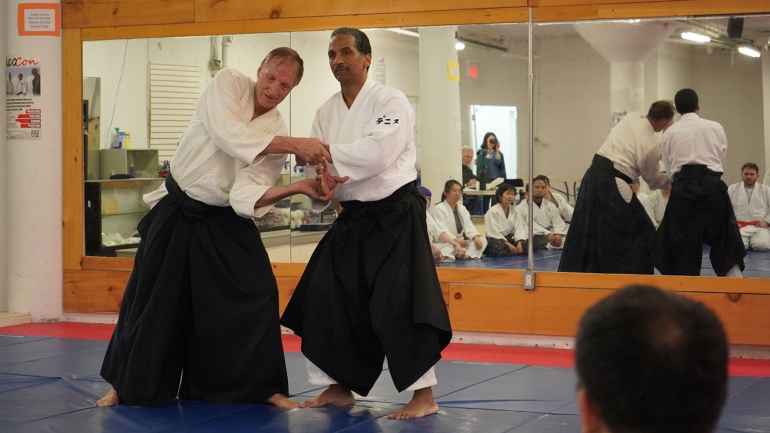Previously I have written about books that attempted to uncover the background of Japanese martial arts. Another important book of this type is “Legacies of the Sword: The Kashima-Shinryuu and Samurai Martial Culture” by Karl Friday, Ph.D. (1997) Friday, born in 1957, is a now retired history professor who has taught in the USA and Japan. He is fluent in Japanese. He also holds a “Menkyo Kaiden” (highest teaching rank) in the venerable of Kashima Shin-Ryuu, a martial arts tradition that emphasizes the sword but also includes other weapons and unarmed combat. In short, he is highly qualified to write knowledgeably about Japanese martial arts in their cultural context.
I have met and corresponded with Professor Friday. I also had the pleasure of taking a sword seminar with him once many years ago. His skills were impressive. He can do much more than just write.
This book is only for those who are interested in an in-depth exposition of Budo. Professor Friday wrote that his book is “…an exploration of one martial art school undertaken as a tool for illuminating the evolution and internal dynamics of the classical martial arts in general, primarily for historians and others interested in samurai history, culture, and thought.” (p. xiv)
He explains that “Bugei” is the Japanese term for martial disciplines, translated often into English as martial arts. Further, in Bugei the “…maintenance of combat reality and practicality [is] an essential component…without this the Bugei become indistinguishable from non-martial sports and other forms of exercise.” (p. 2)
Later, Friday addresses the goals of training: “…proficiency in combat with swords or spears is of little value today. However, these skills are pursued not merely for their own sake but as a means to a more sublime end: the fulfillment of one’s human potential”. (p. 3-4)
Friday states that Donn Draeger’s distinction between Bujutsu and Budo creates an artificial separation, since Bugei long had an association with personal insight and self-realization even before the era of the Tokugawa peace in the Edo period.
If you have a passion for the history and culture of Japan, including its martial legacy, then this book is well worth reading and rereading. It is not for casual perusing.
What is the significance of this for Aikidoists? I would suggest that we can best maintain the legitimacy of Aikido as a Budo if the Bugei and Bujutsu are both present. In other words there must be rigorous self-discipline (Shugyoh) as well as effective techniques to control or escape from a non-compliant attacker. Along the way, by being Nage and Uke we can develop confidence and learn compassion.
And let’s not forget that for older practitioners a high level of physical intensity is not required. Completing techniques and taking breakfalls become optional. Focused practice can still produce insight, provide welcome human contact, and offer an exercise form in which moving meditation takes place.




